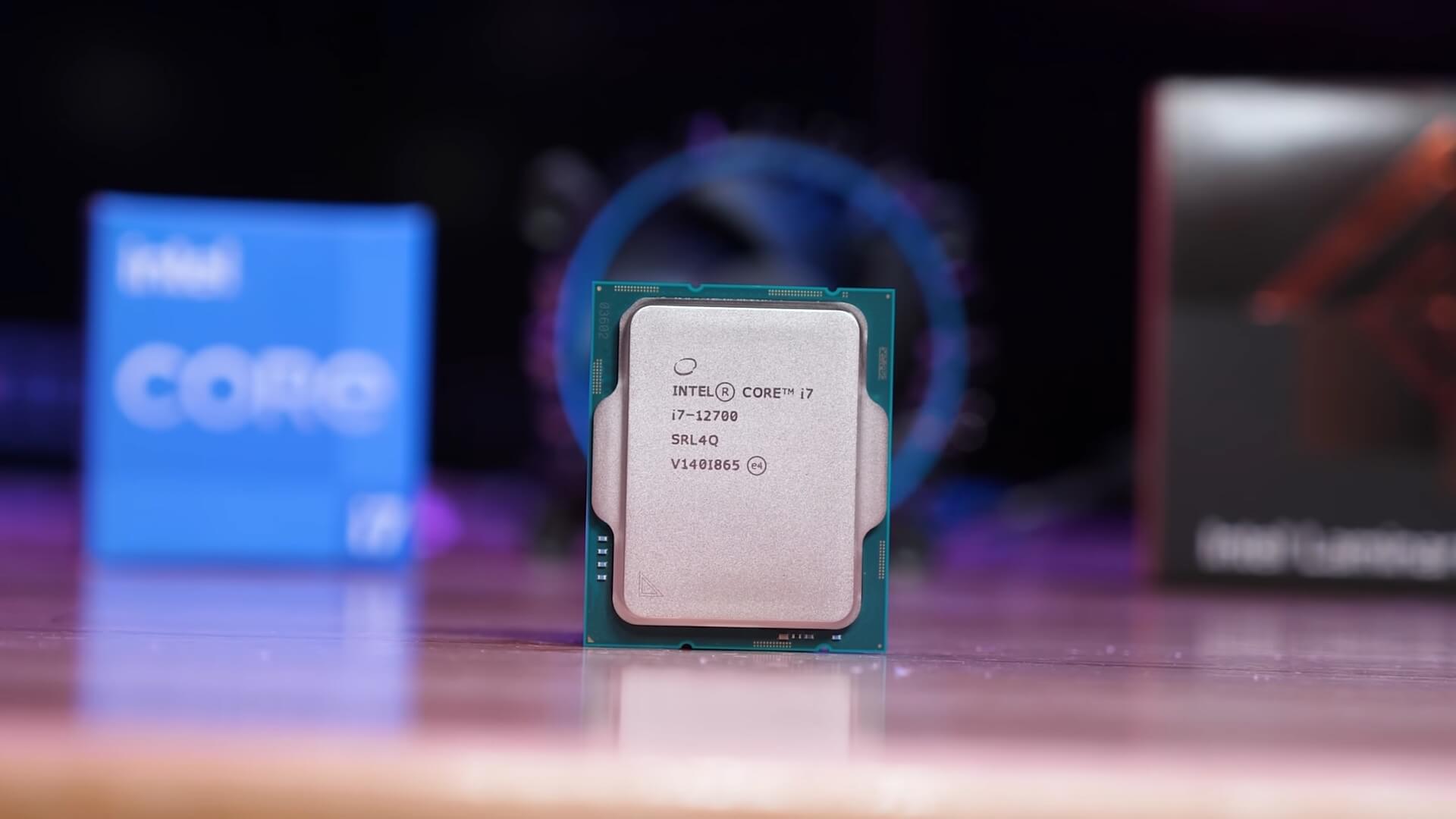Hello. My old pc died because it got to hot, so recently i bought a new pc and one of the first things i did was checking what temperatures it would reach, because i dont want that to happen again and just by doing a simple task like running Windows full virus scan it was reaching +90 degrees celcius and ive been researching and from what i undertand your CPU shouldnt reach higher that 80 degrees celcius under maximum load, so i contacted the shop where i bought it and Intel about it and Intel told me to update the BIOS (i did that and it didnt fix the problem) they then said that if it didnt fix the problem, both them and the shop told me to change the CPU with a new one of same model (i7-12700F) and get a better CPU cooler instead of the stock one and no matter what i will change the CPU, because i obviously dont want a CPU that there is something wrong with, but id like to save the money for a new CPU cooler for something else, if its possible.
So my question is if there is any way for me to get my CPU down in temperature without changing the cooler, without loosing performance and my pc being to loud, i have set my fans to go to 100 at 50 degrees celcius in BIOS, but i still hit +81 degrees celcius doing virus scan, i can then set my pc in power saver mode and it will only 64 degrees celcius doing a scan, but that takes off way to much performance i think ? id like to have my pc on either balanced or high performance. Also Intel is telling me that i need a cooler with at least 180 watt, but the shop where i bought the pc is saying that BE QUIET PURE ROCK 2 is more than enough (its less than 180 watt though) and im thinking Intel is right, since they made the CPU, so they should know best, but i want to hear other peoples opinion on that aswell.
So my question is if there is any way for me to get my CPU down in temperature without changing the cooler, without loosing performance and my pc being to loud, i have set my fans to go to 100 at 50 degrees celcius in BIOS, but i still hit +81 degrees celcius doing virus scan, i can then set my pc in power saver mode and it will only 64 degrees celcius doing a scan, but that takes off way to much performance i think ? id like to have my pc on either balanced or high performance. Also Intel is telling me that i need a cooler with at least 180 watt, but the shop where i bought the pc is saying that BE QUIET PURE ROCK 2 is more than enough (its less than 180 watt though) and im thinking Intel is right, since they made the CPU, so they should know best, but i want to hear other peoples opinion on that aswell.



